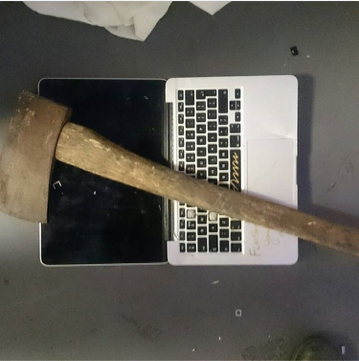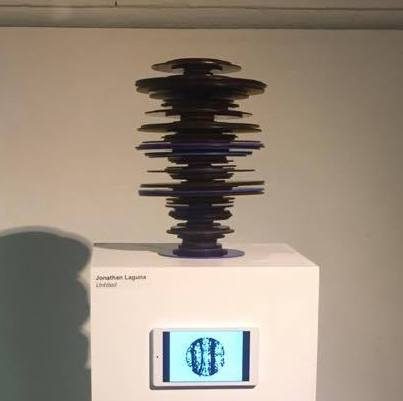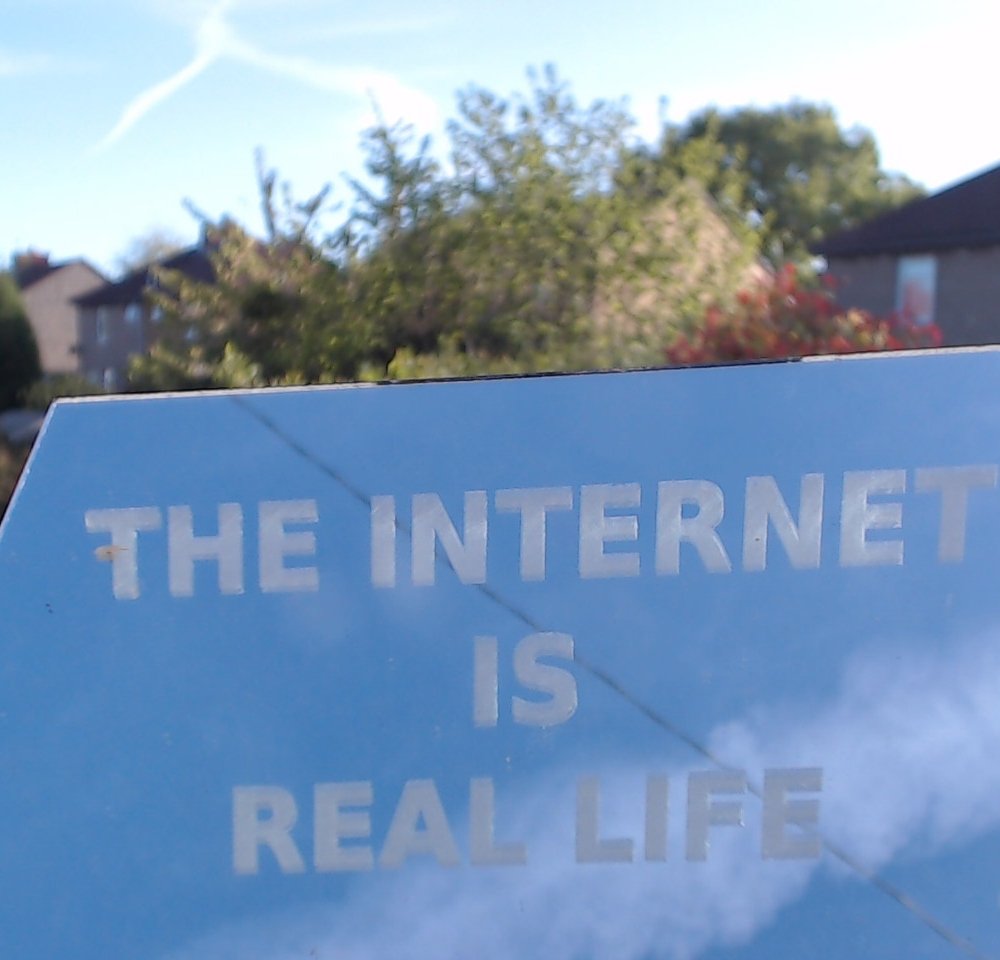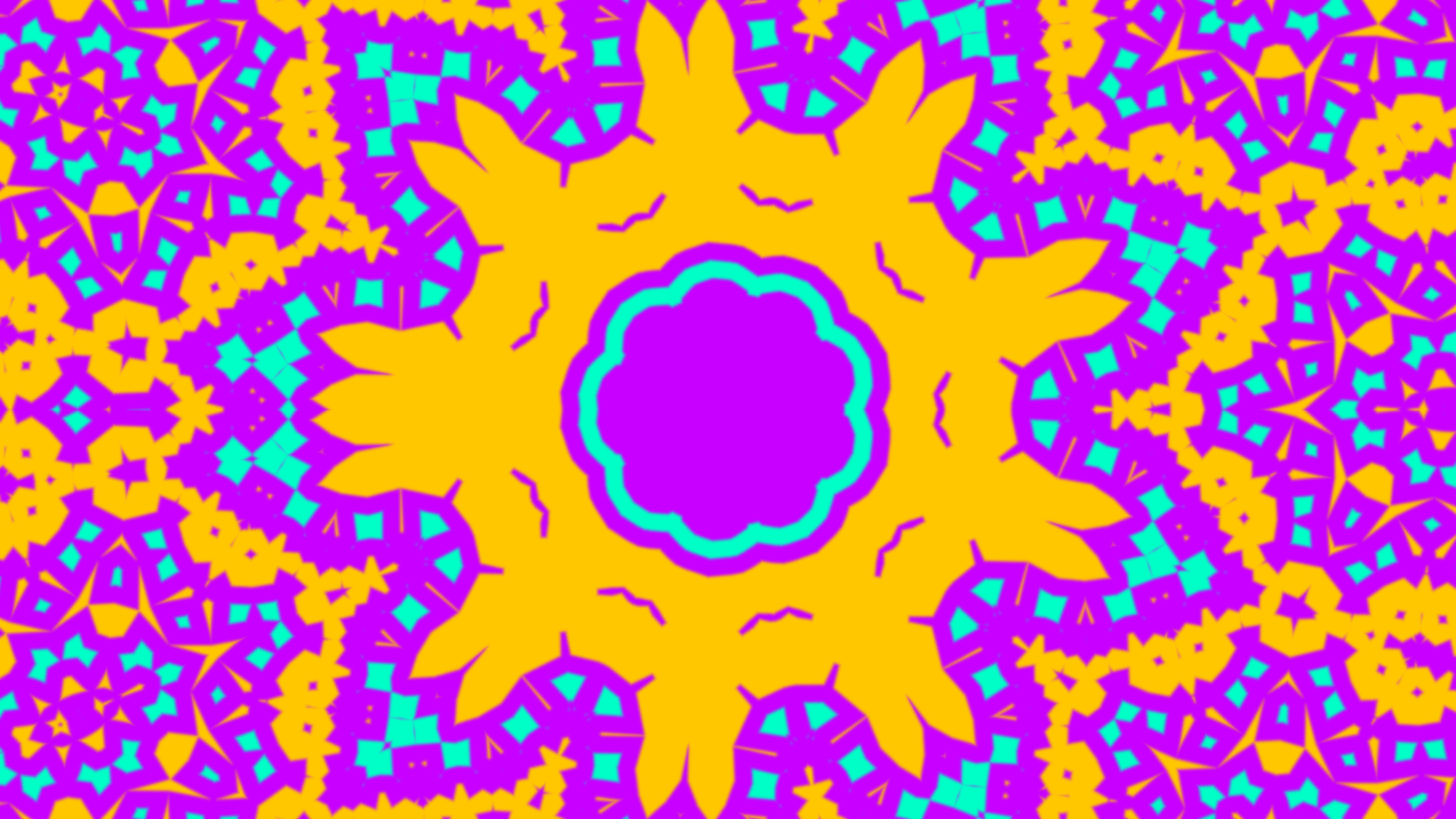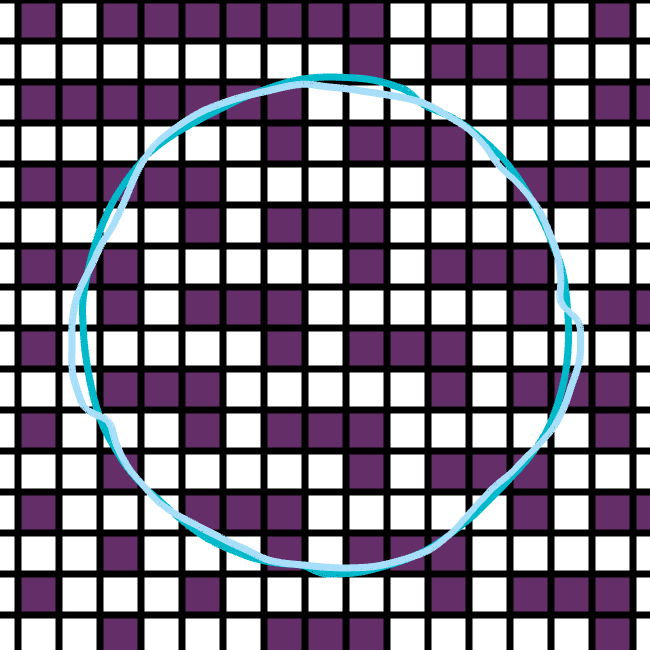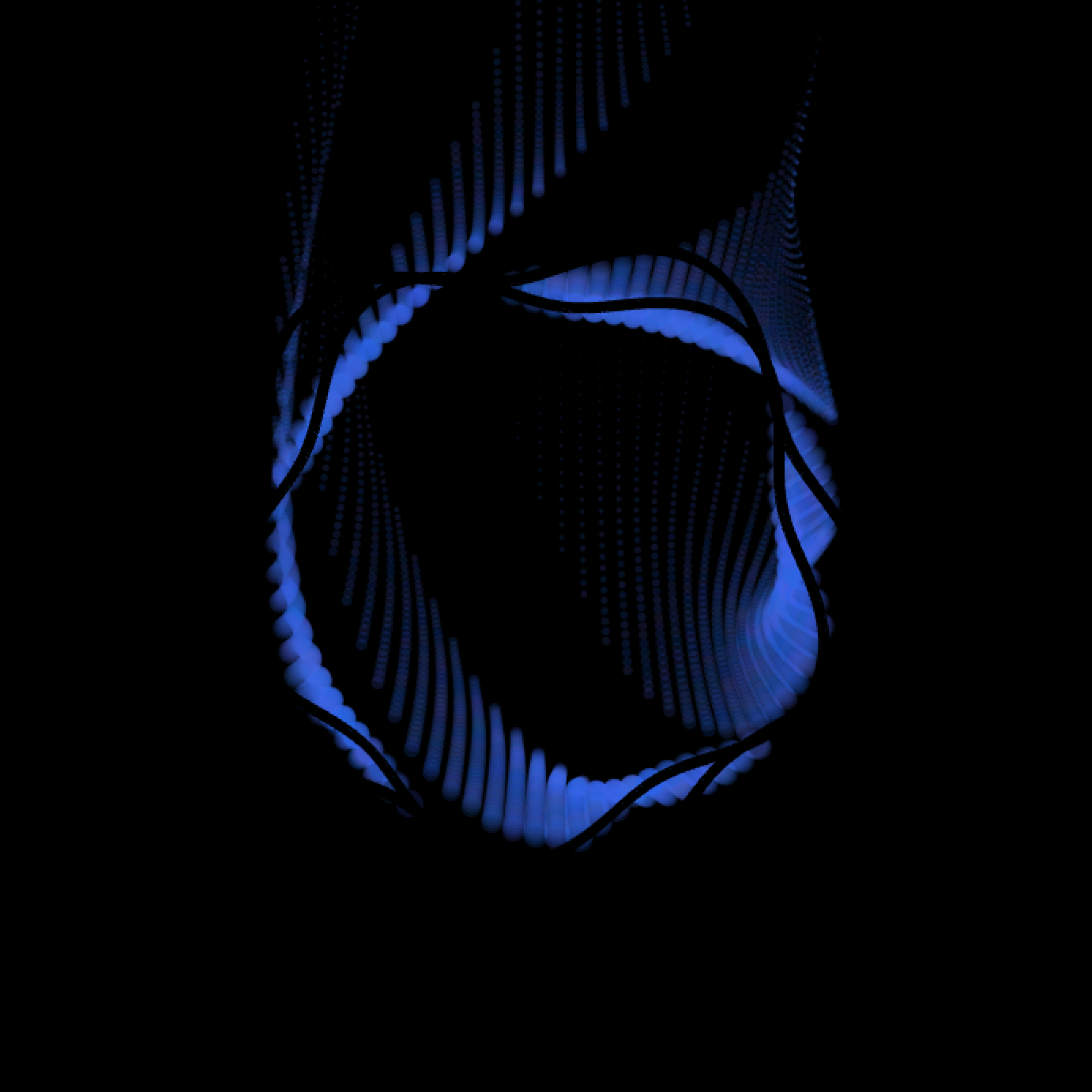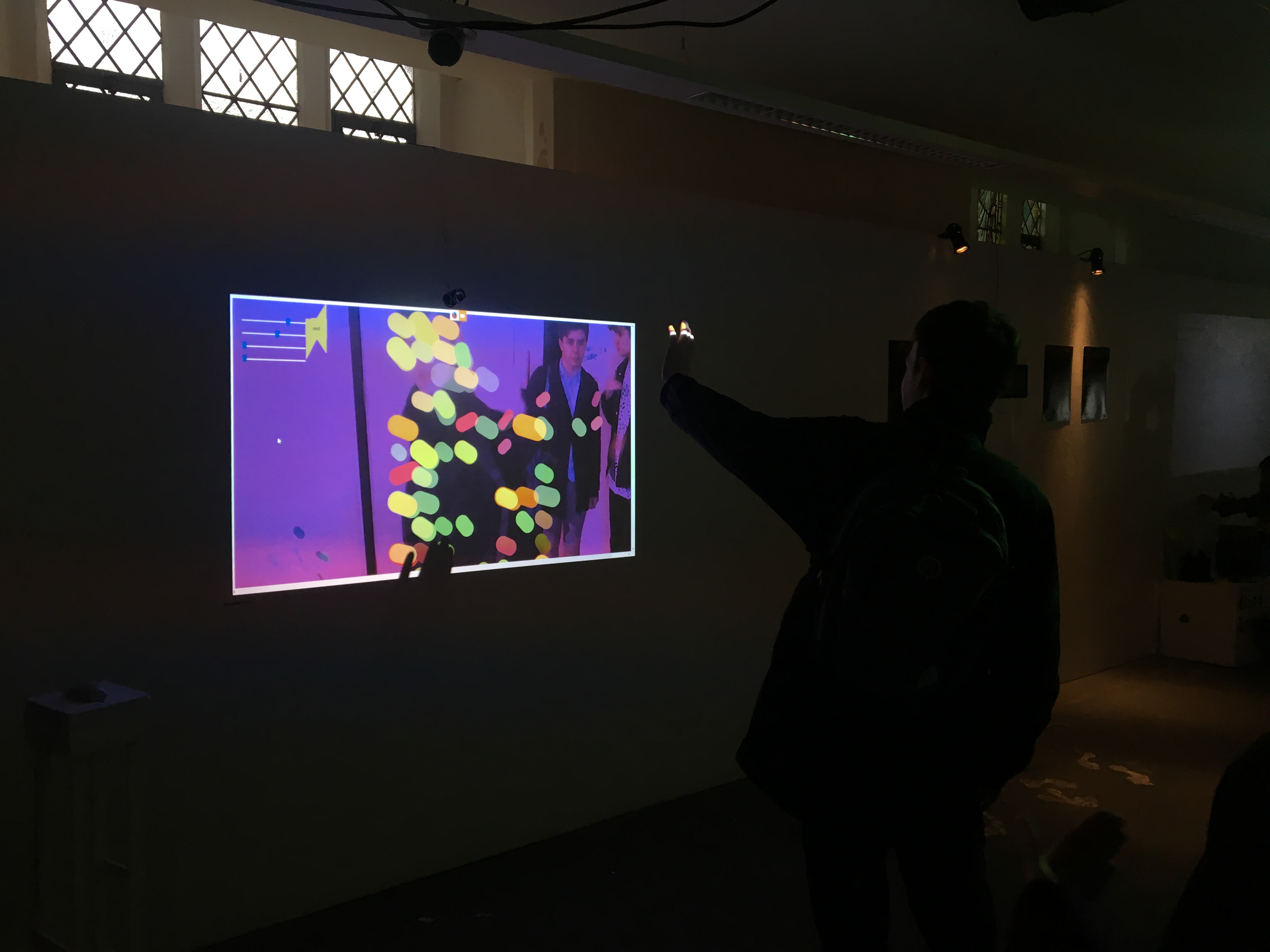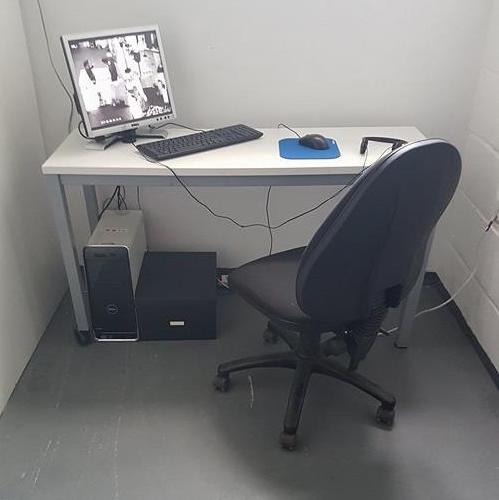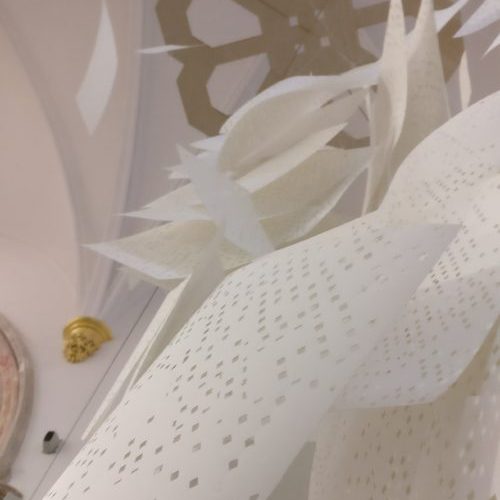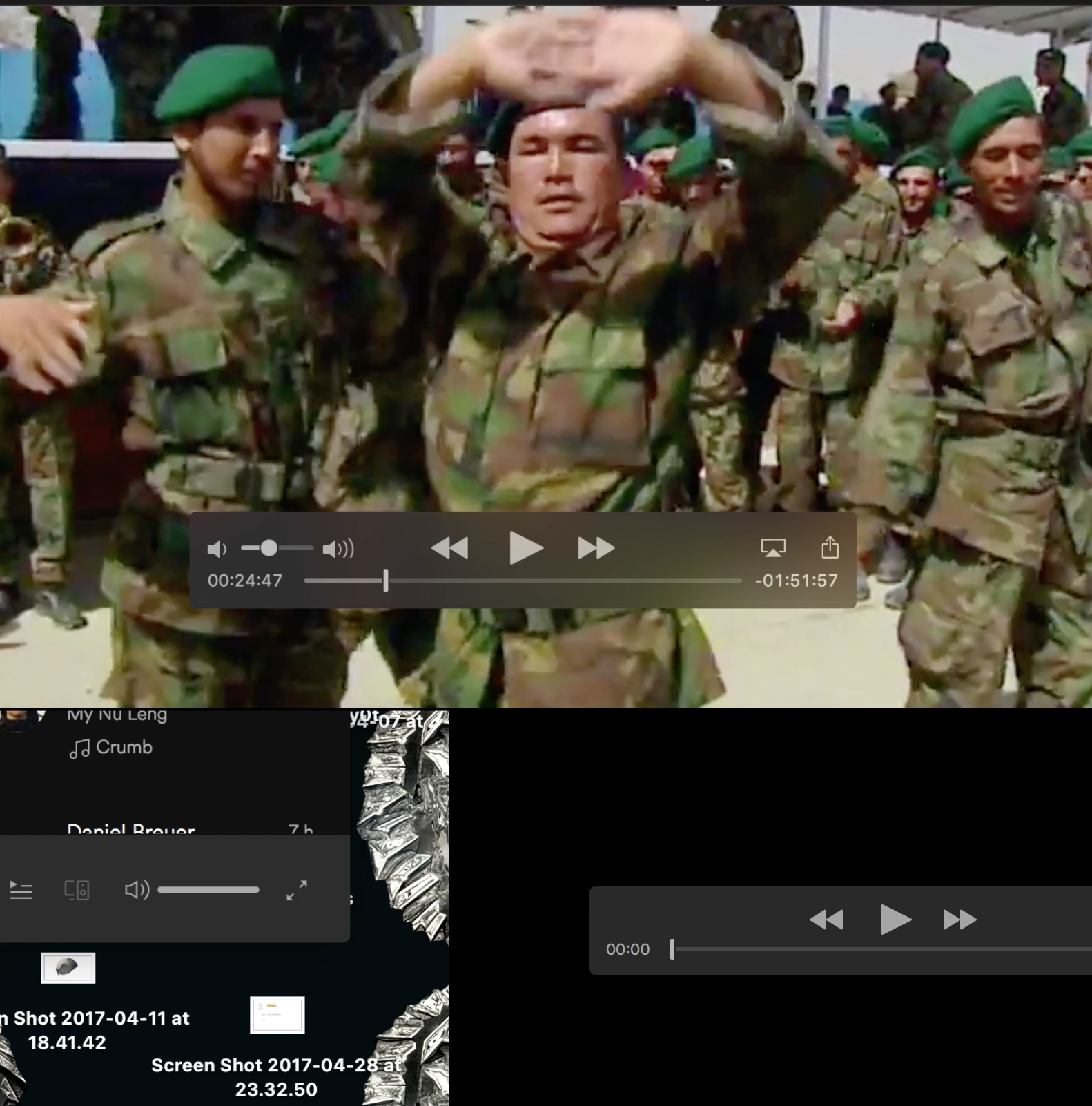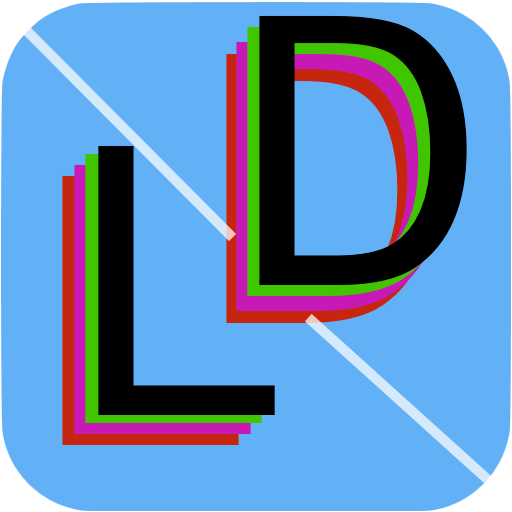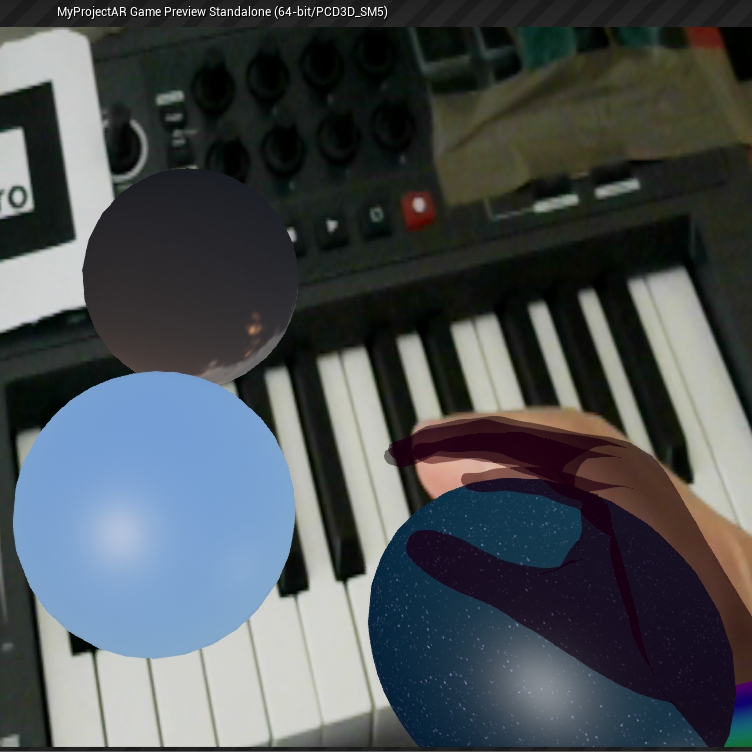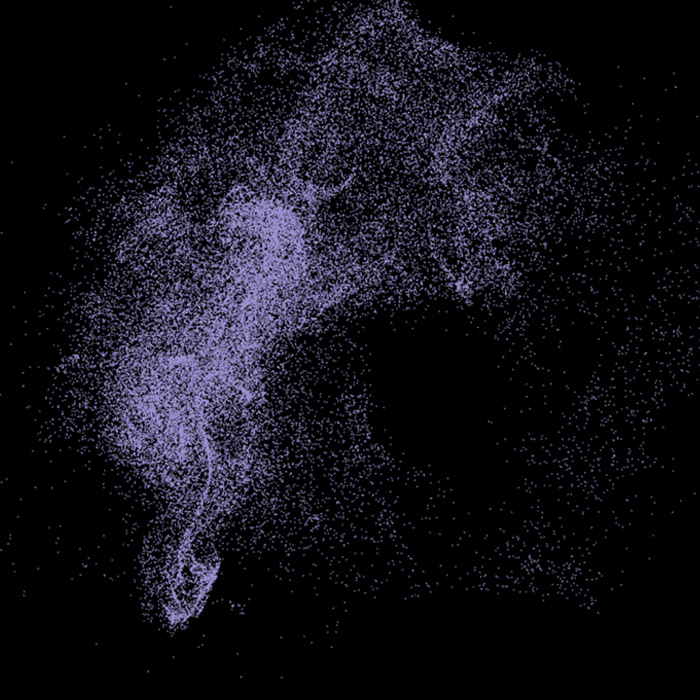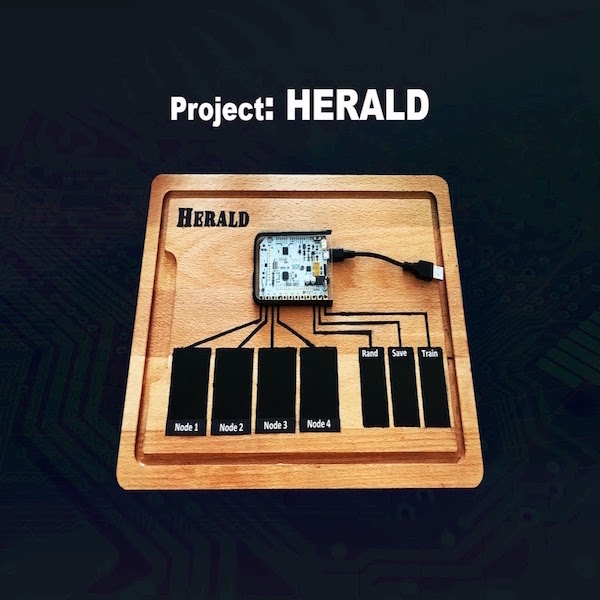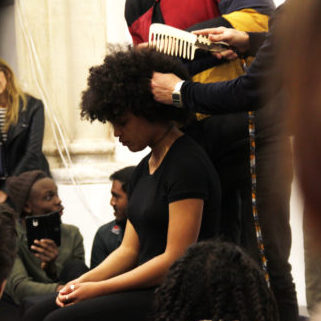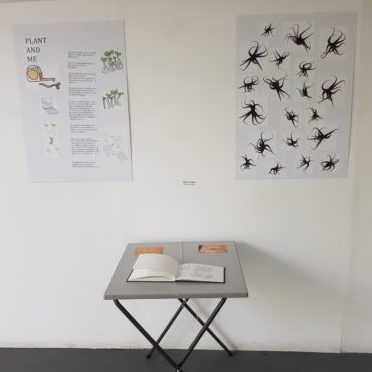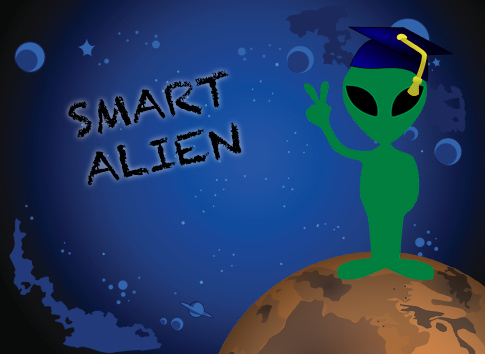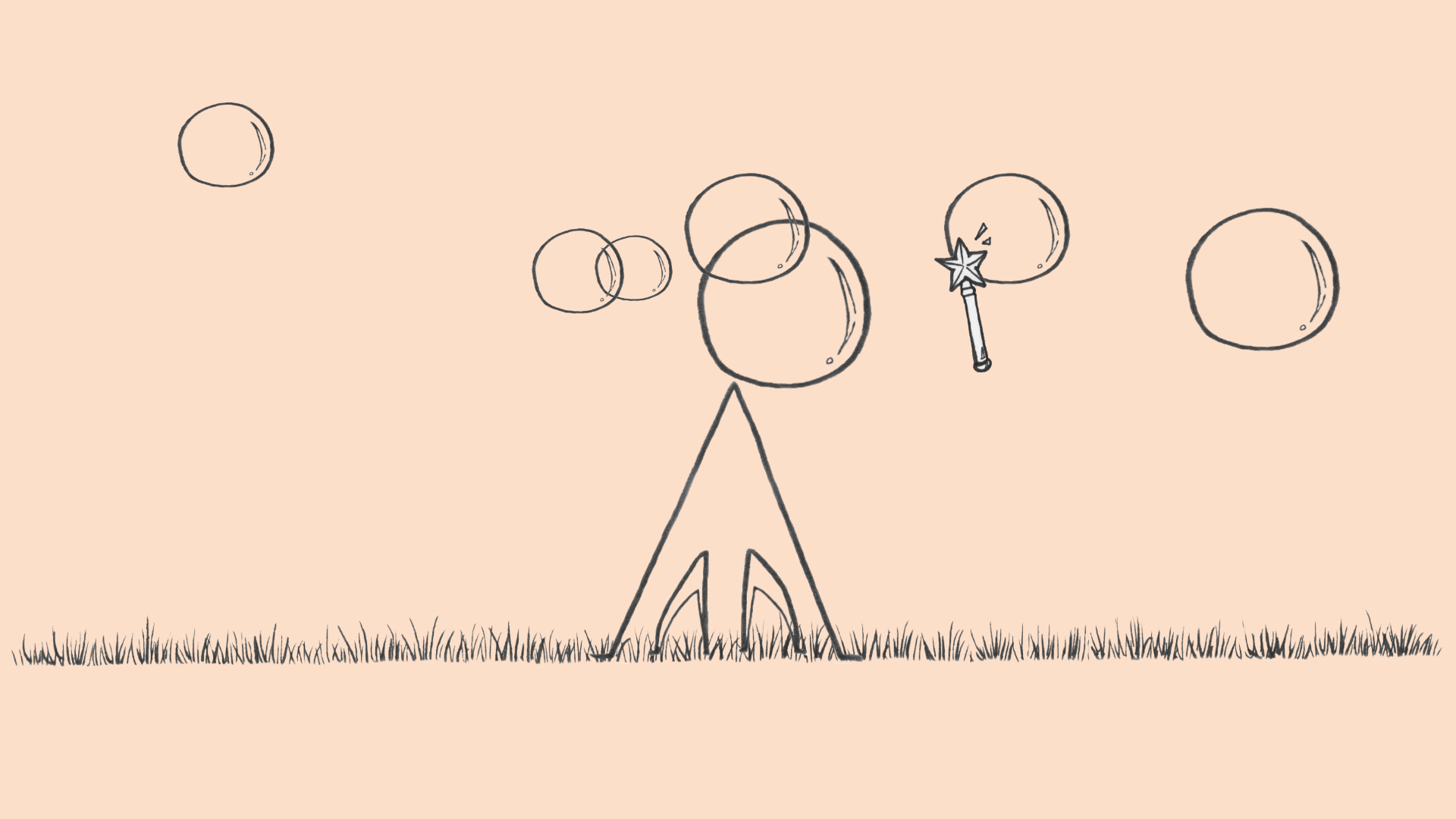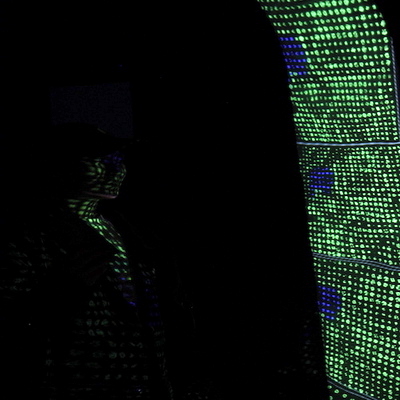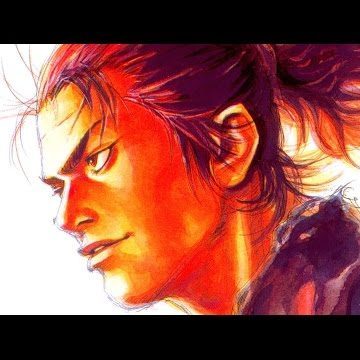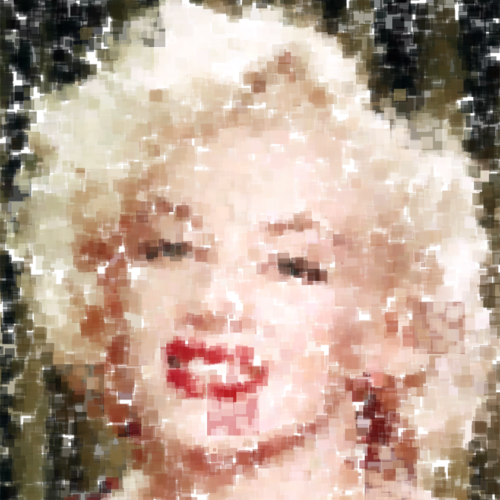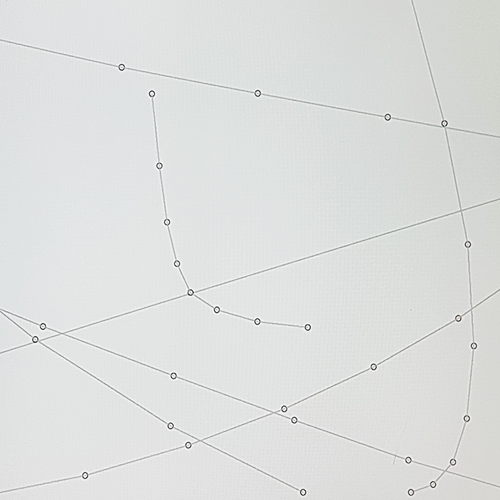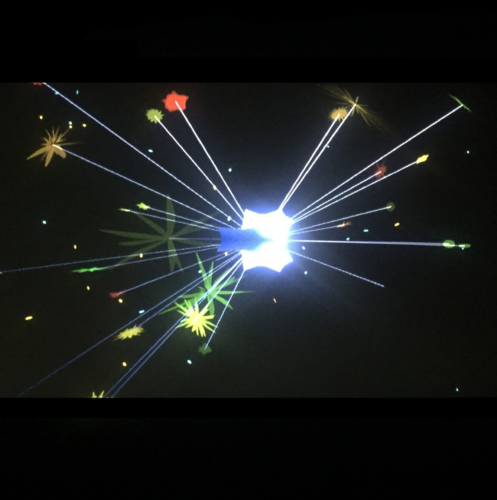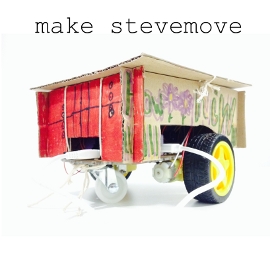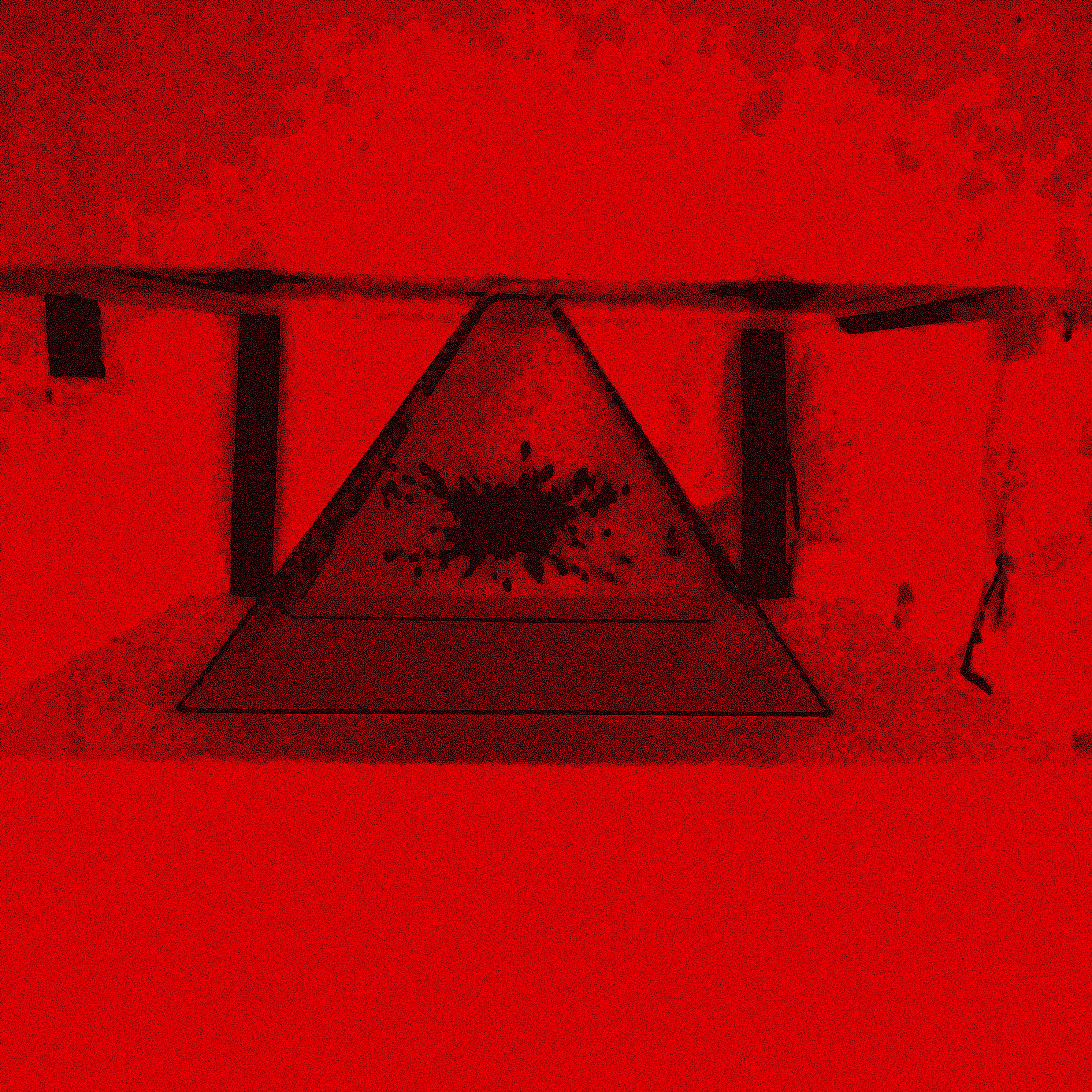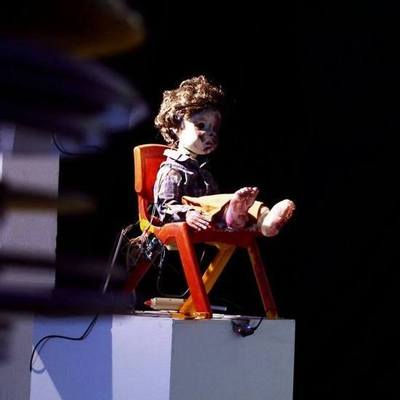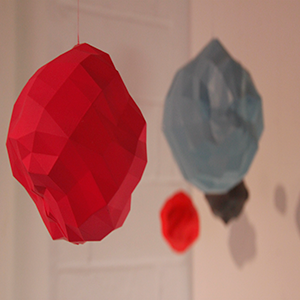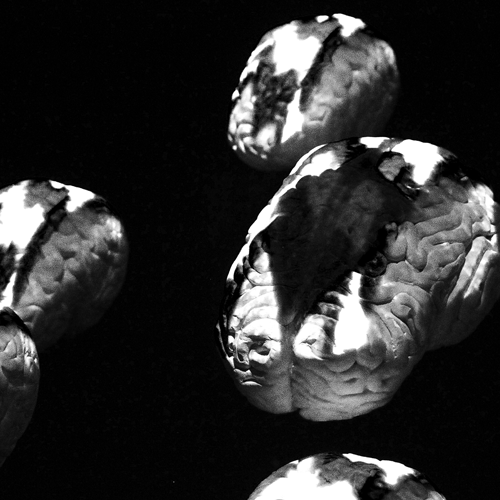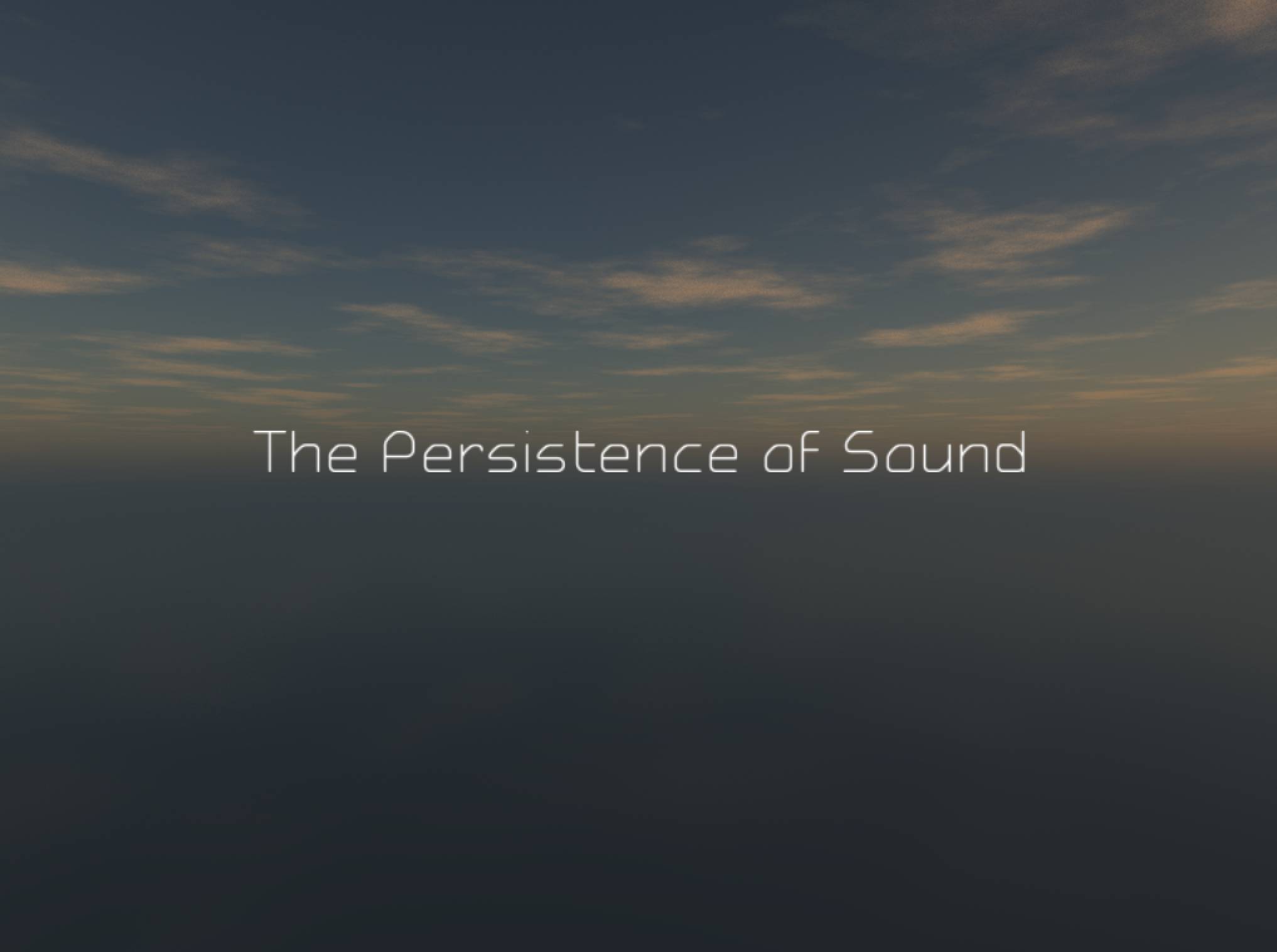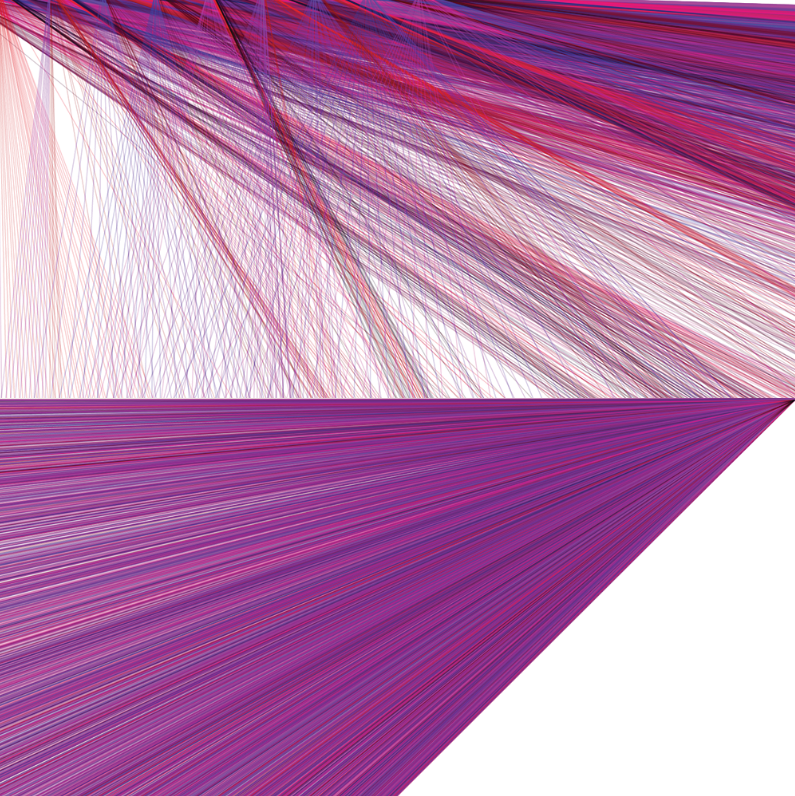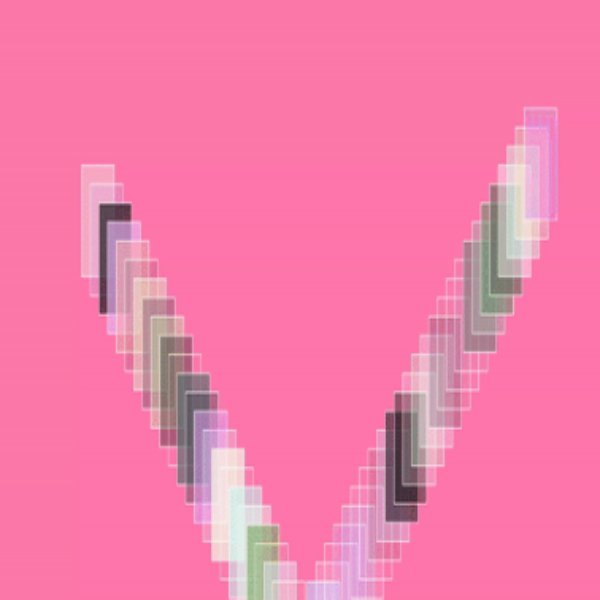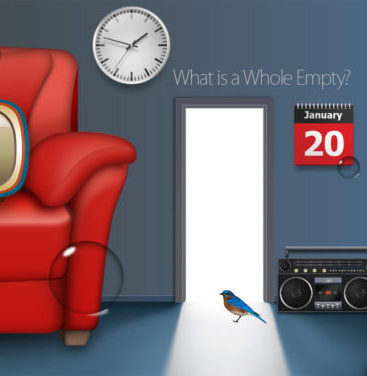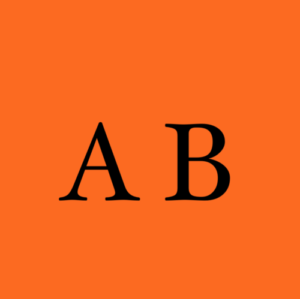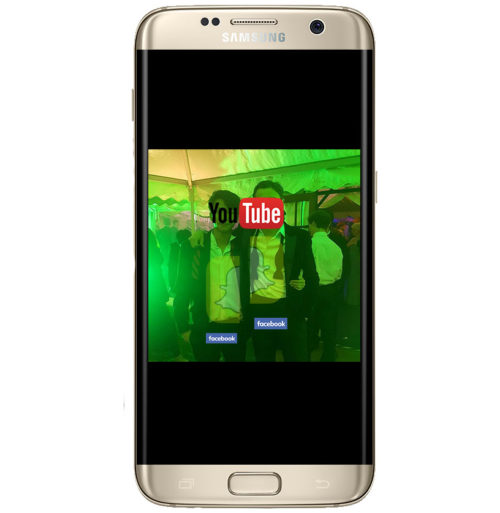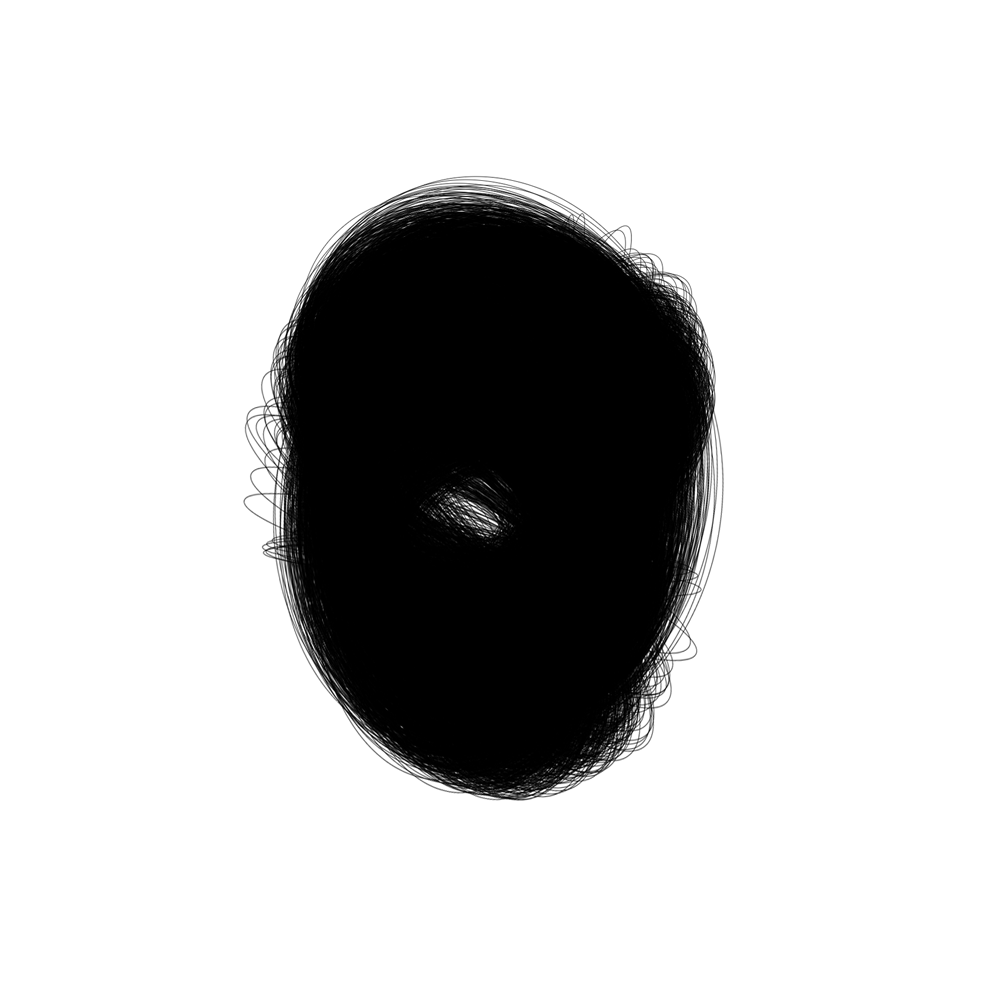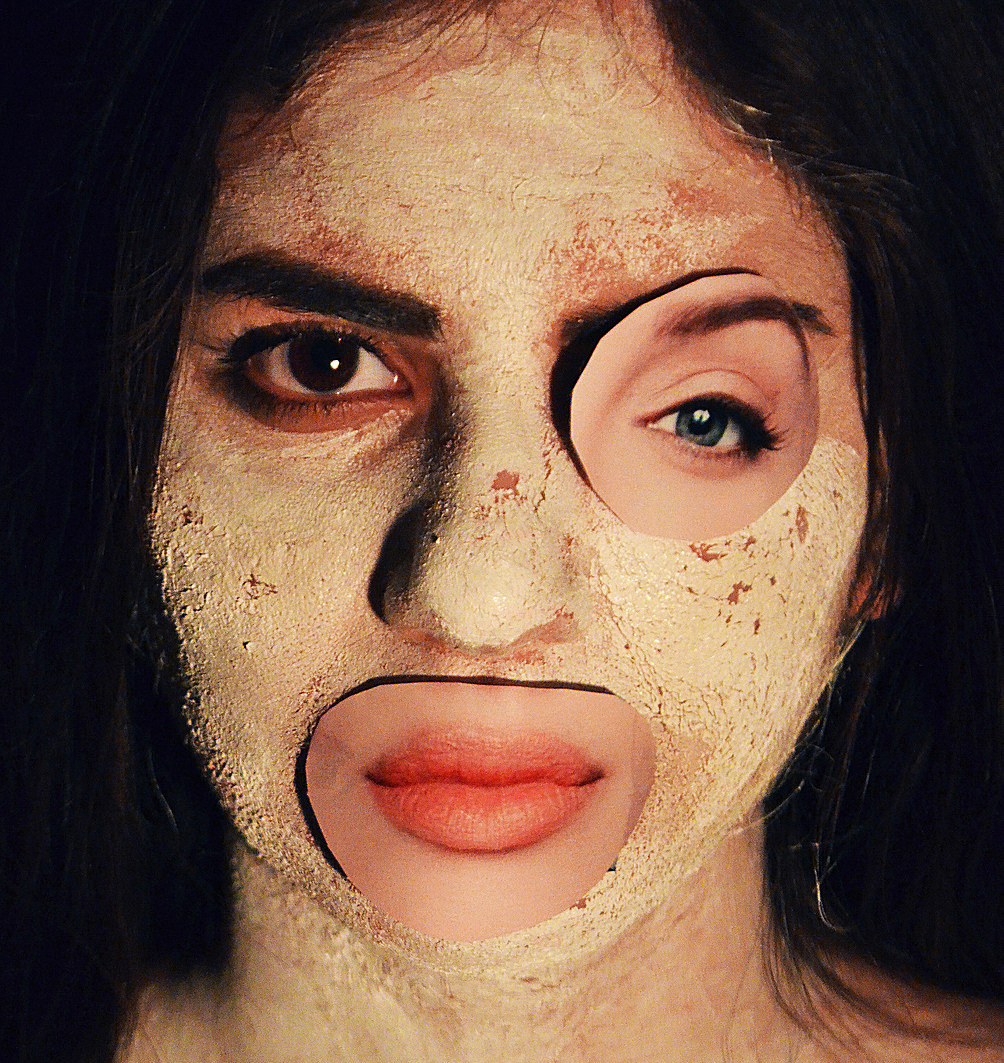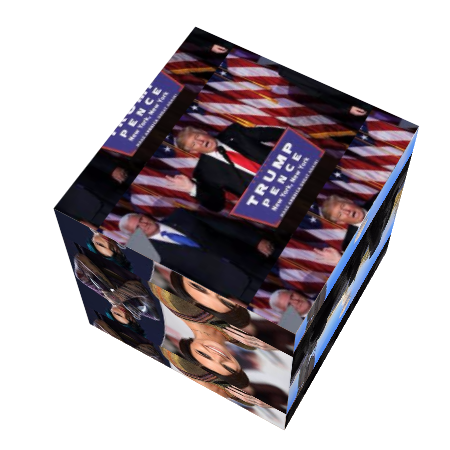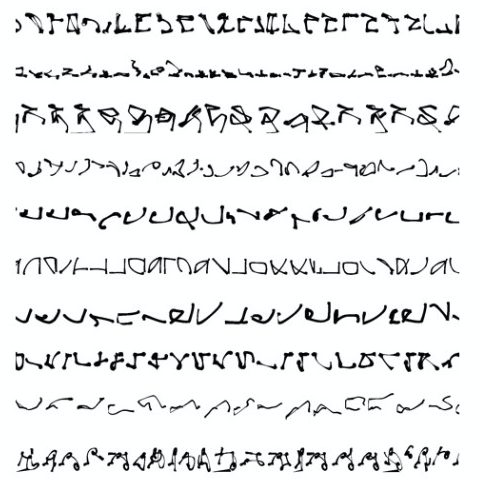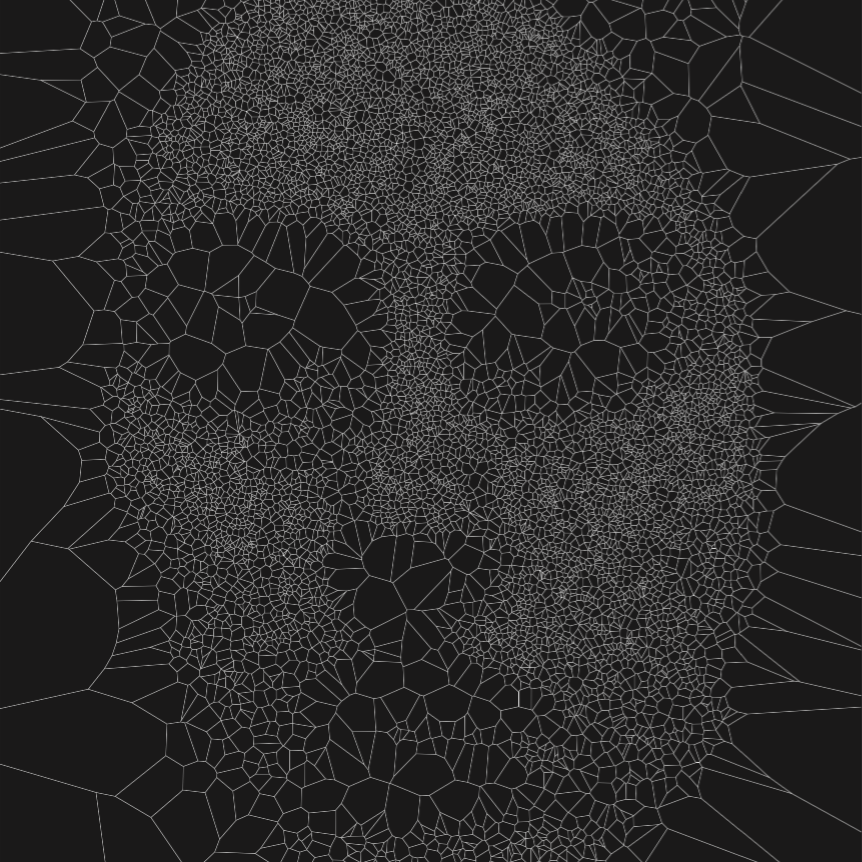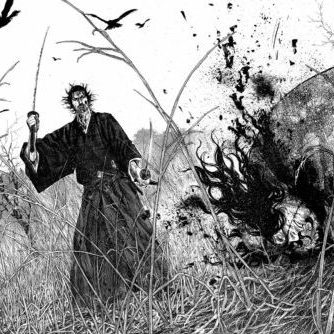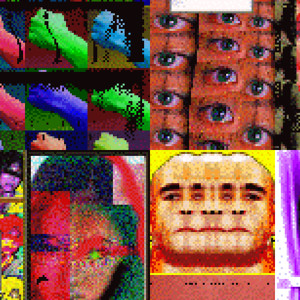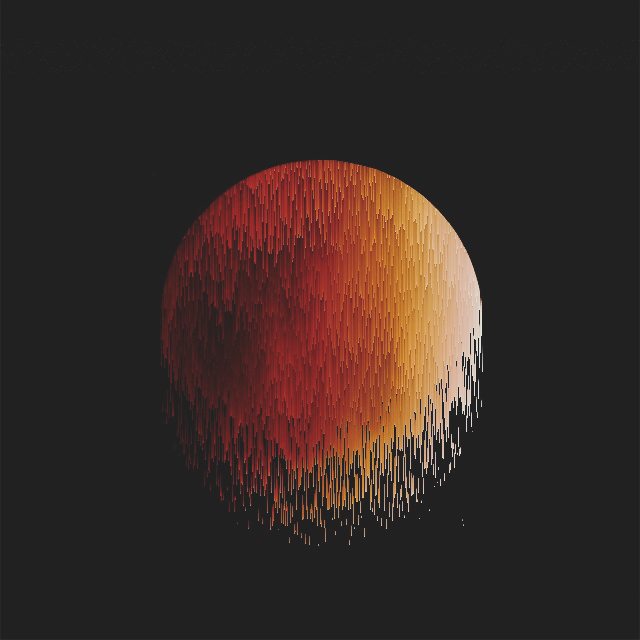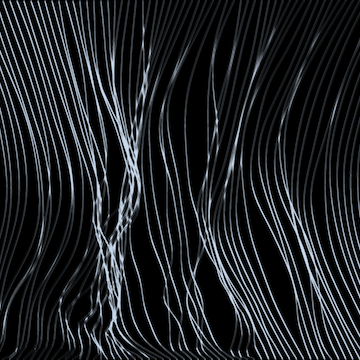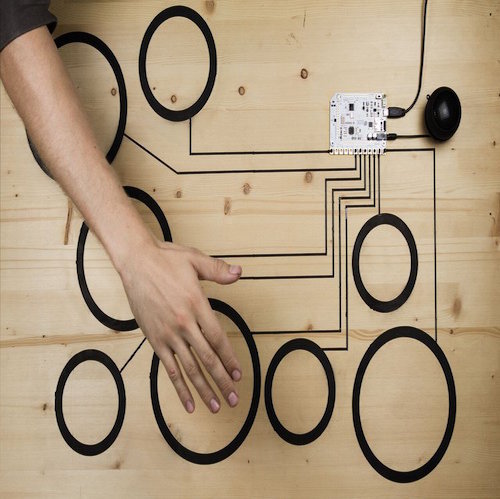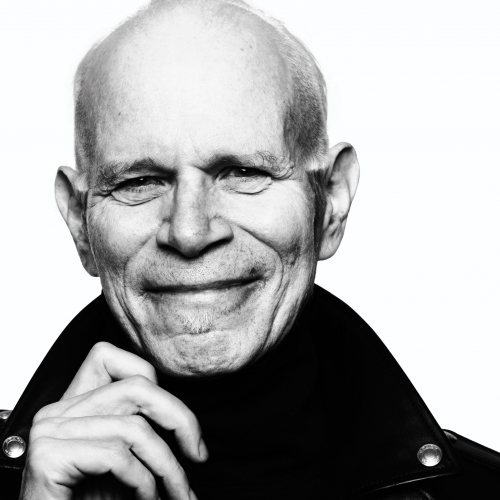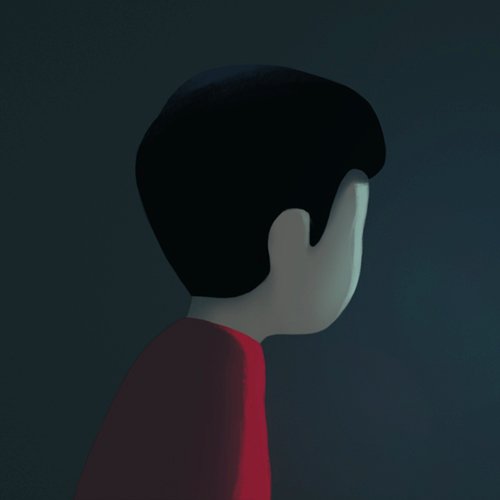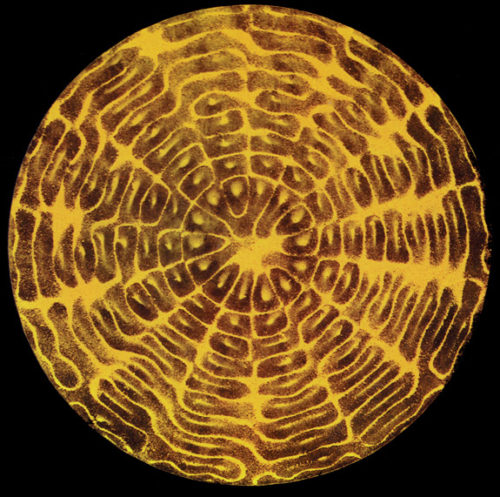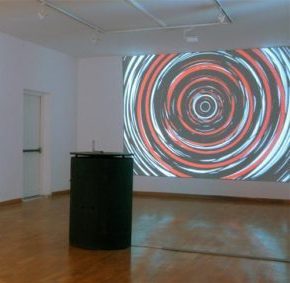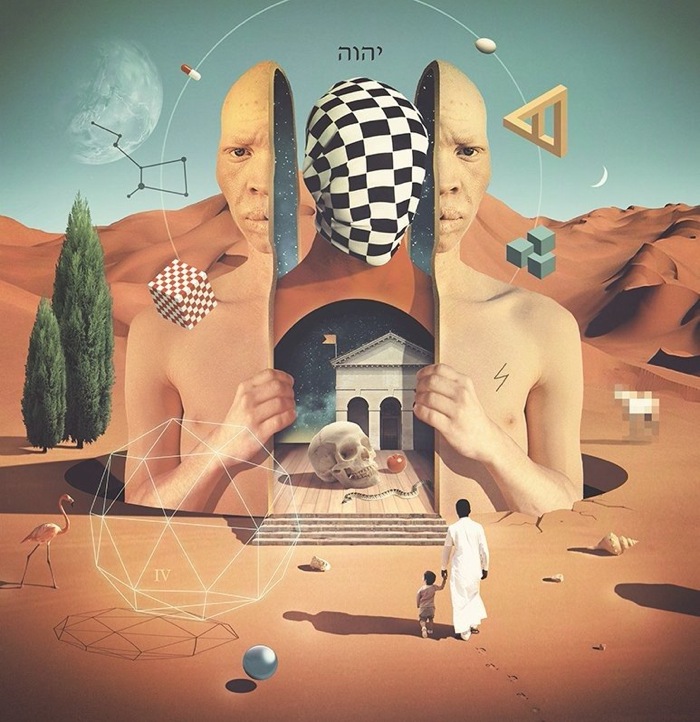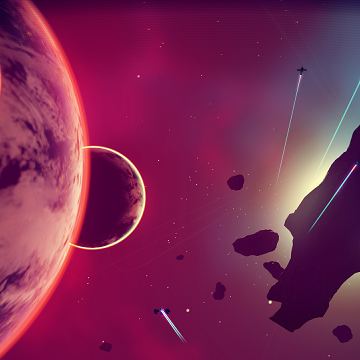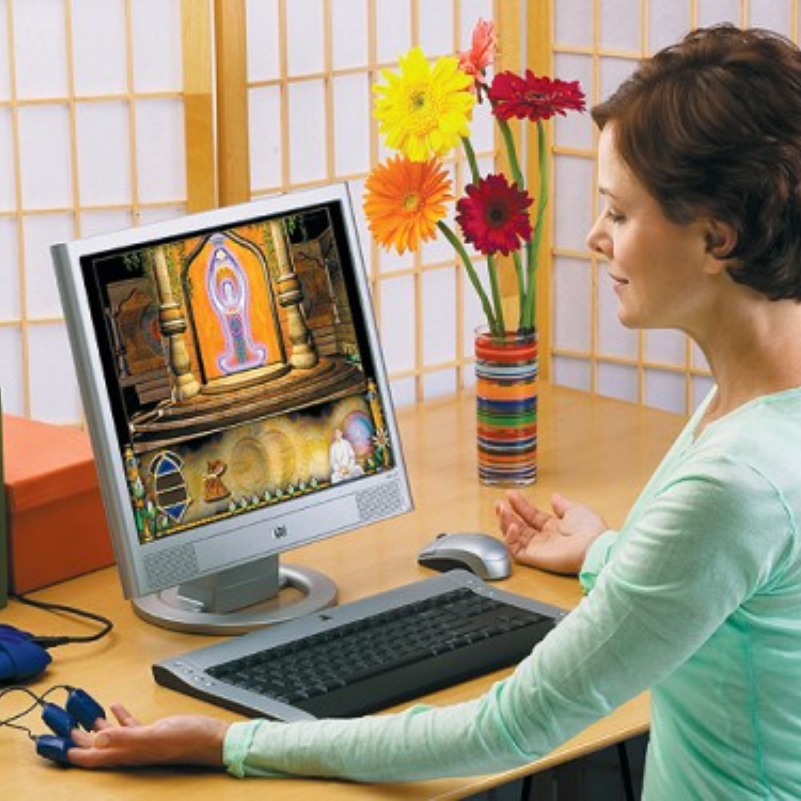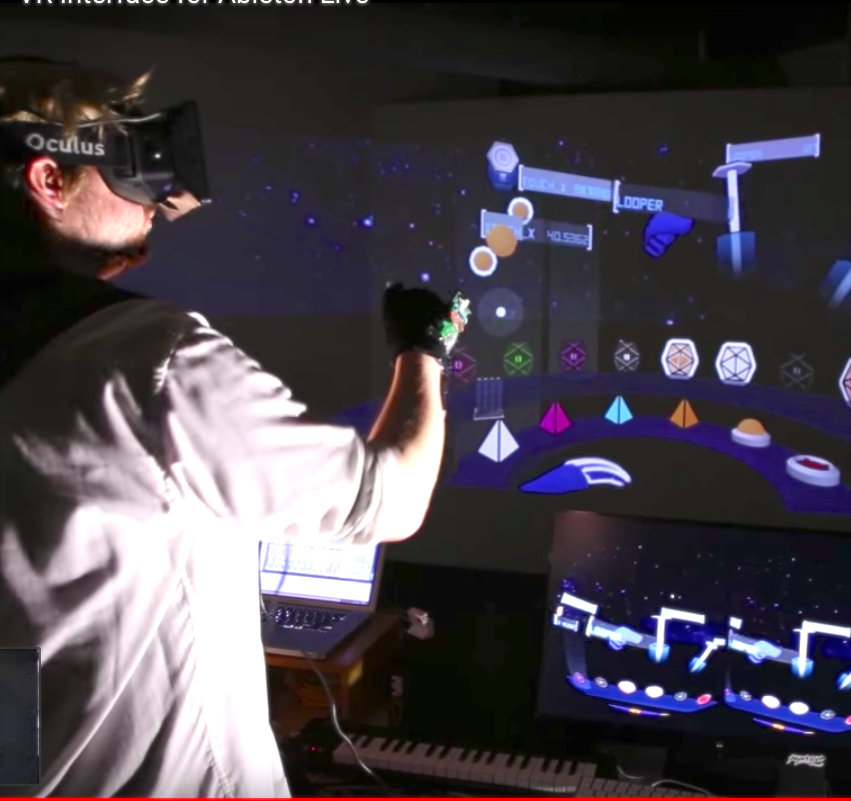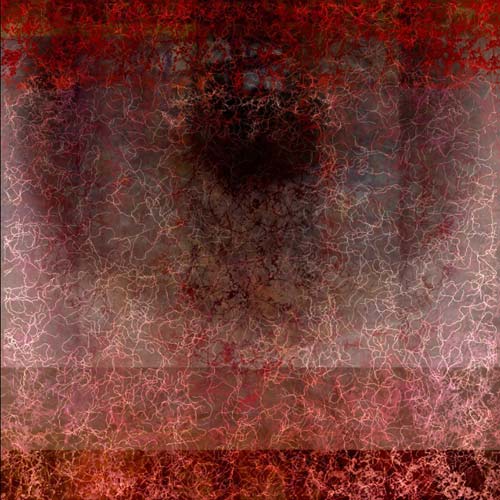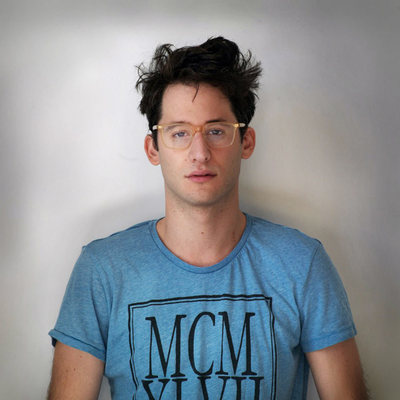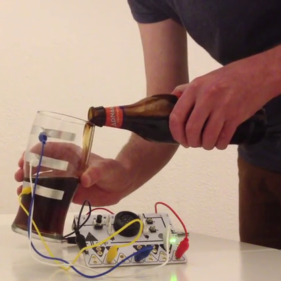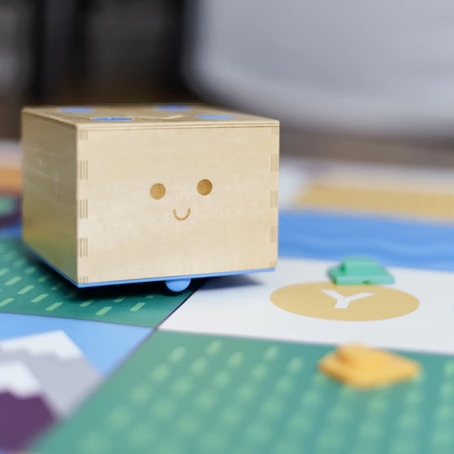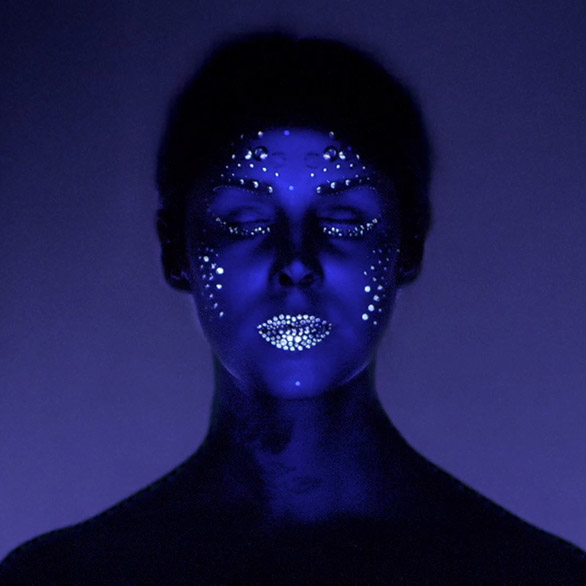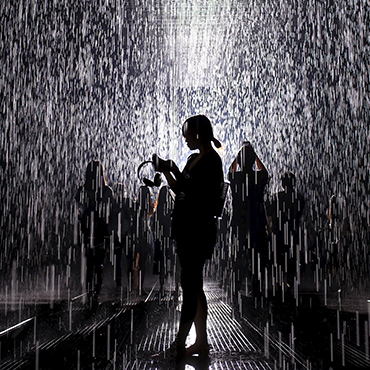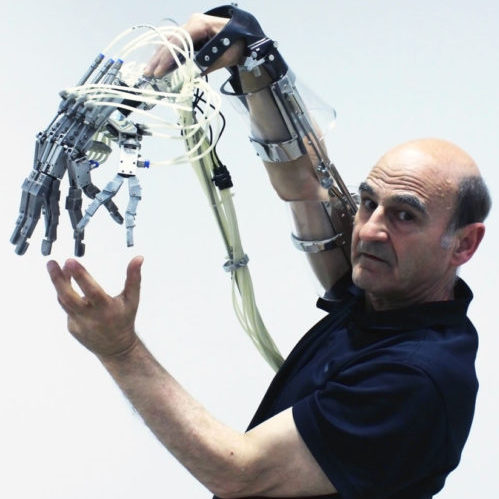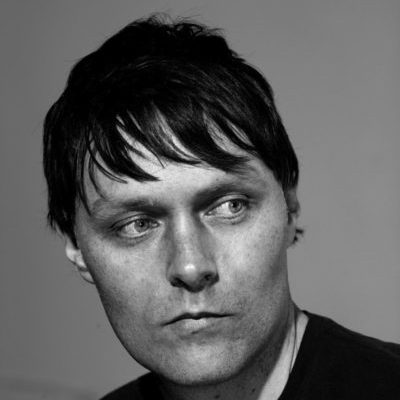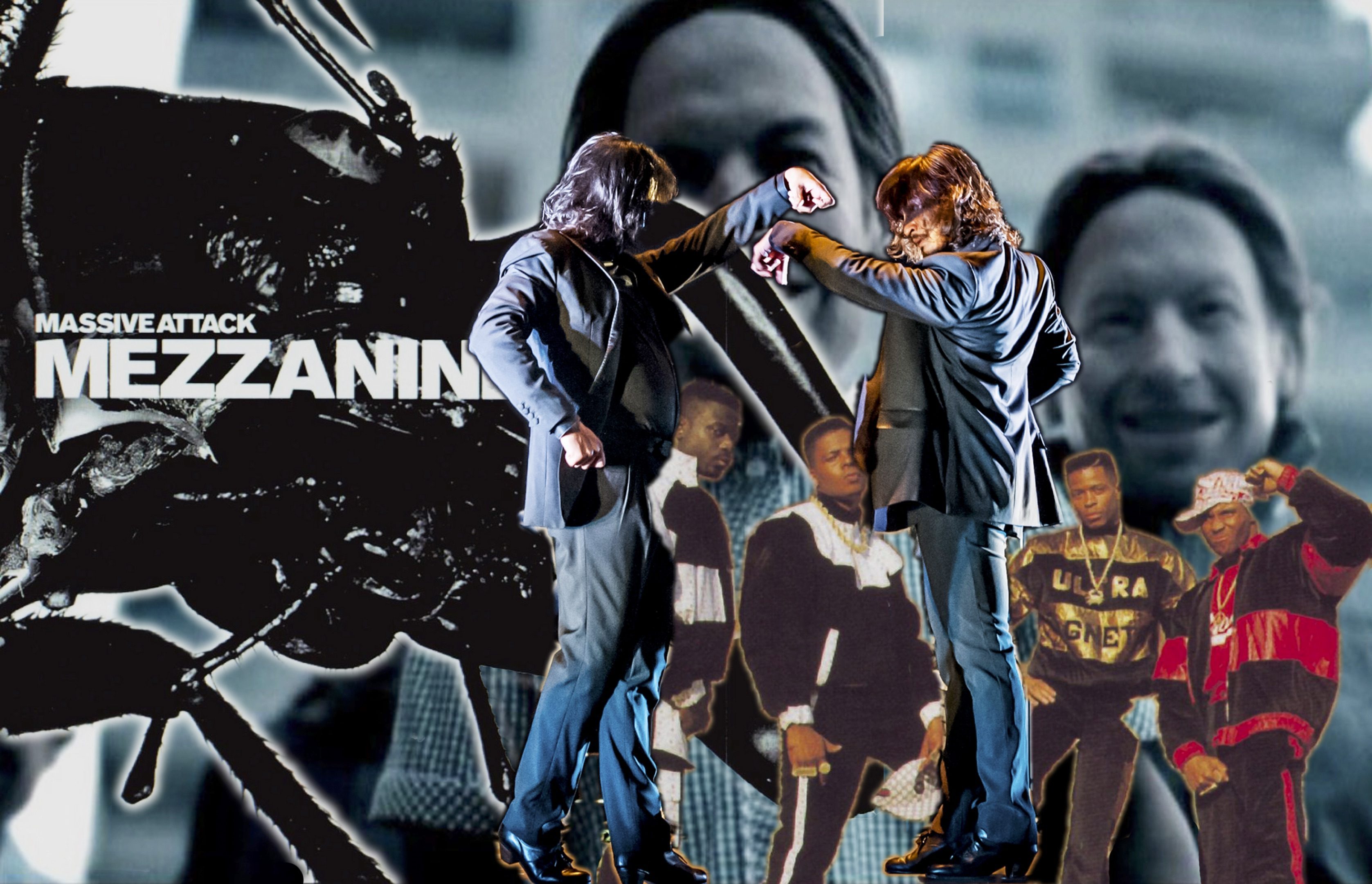

Augmented Flamenco
by: Julius Naidu
Introduction
I want to research various fields of interest while keeping within the objective of developing a creative product which uses C++. With this in mind I have given some thought as to "How can I engage myself with the C++ programming language and continue as a live, acoustic musician / performer?"
Augmented instruments
I have already built a couple of patches in Max MSP which allow me to generate various synthesised sounds with percussion. Synthesised sound generation with acoustic instruments can be done quite competently using Max MSP and so the idea of using C++ to do similar things was not appealing.
'What can I use C++ for which will allow me to achieve something outside the scope of augmented instruments?'
I can combine sound synthesis in Max MSP with data generated from movement processed by C++. It is this idea which now drives research in my various chosen fields of interest. I list them below along with explanations of their importance and contribution to the main idea.
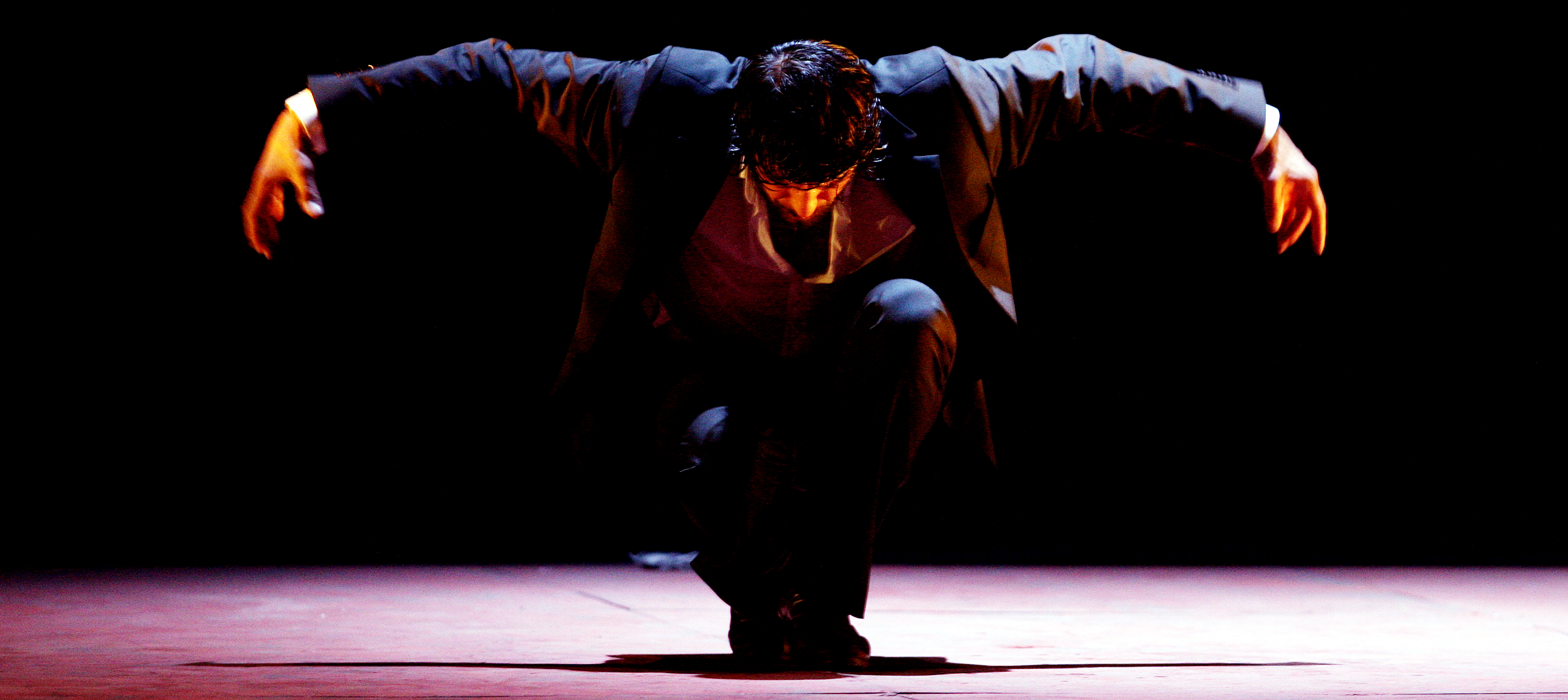

Flamenco Dance
I have decided to concentrate on flamenco movements for interaction with C++ as I feel it can be performed percussively (foot drilling) and with various arm and body gestures while remaining relatively static. This means exploring the body's movements and their relationship to the software as well as working with the percussive element of the feet while reducing the need to research too much into the body moving through a particular space and spatial relational mapping on a large scale. The boundaries of not having too many large spaces or access to very high end 3D mapping technology means that keeping the performance static is practical.
I will to need to examine and explore various movements, forms, styles and gestures within flamenco dance with a view to mapping them accordingly for data generation for use with sound and video. I will be looking at dancers such as Israel Galvan, Farruquito, Joaquin Grilo and Belen Amaya to name but a few.
Flamenco Music
I will have to further investigate, in depth, flamenco rhythms, scales and their variations and the various ways in which they can be combined to better understand how I will be able to generate synthesised sounds which adhere to the parameters of the traditional art form. I will be listening to the guitars of Diego del Morao, Vicente Amigo, Paco Cepero and Paco de Lucia and music by David Peña Dorantes as well as some more contemporary flamenco jazz and electronic music.
Devices
I will be looking into current devices used for human movement, computer interaction such as X-box Kinect and the mi.mu gloves from Imogen Heap. The Kinect is a cheap and simple solution to allowing me to interact gesturally with a computer while the mi.mu gloves strike me as a great design in terms of controlling sound parameters such as volume, frequency and timbre through various, intuitive hand movements while staying in one place. Leap motion is also an interesting device for gestural interaction.
Software
I plan on building this project mainly in C++ and Max MSP which will mean researching the languages, their respective libraries and patches and forums extensively as well as code already written for movement interaction. I will also be looking at code written specifically for kinect and the mi.mu glove as well as nueral networks and machine learning. Software such as 'Wekinator' might be an option.
Composition Techniques
The performer needs to generate and manipulate sound and graphics via movement in a real time live performance environment. Therefore the software written needs to be responsive and robust allowing the performer to perform freely and comfortably with the ability to improvise at all times. This will require not just good programming languages and libraries but also good code design which means mathematical modelling. Self-generative techniques, minimalism and serialsm are just examples of some of the composition techniques that potentially can be used in this peformance to allow the dancer to focus solely on the dance and have the computer calculate the best musical possibilities. Markov chains and weighted probability are two methods for developing responsiveness in software. I will be researching the techniques of composers such as Steve Reich, Edgard Varese, Arnold Schoenberg and Iannis Xenakis, founders and proponents of some of the afore-mentioned techniques.
At the end of the day I need to combine a well-choreographed dance with a coherent sound while at the same time adhering to certain flamenco rules via computing.
Electronic Music
I will also be looking into various styles of popular electronic music such a
s hip hop, grime, dub step, electro, dub and metal to better understand the types of electronic sounds I will be creating, their various elements and how to map certain movements to the various parameters which control them such as envelopes, oscillators, various types of synthesis (additive, subtractive, FM, granulation etc).
I will look at the styles of artists such as The Prodigy and lots of golden era hip hop. Sampling may be an aspect.
Other artists
I will also look into Harry Parch and Eastern scales. Seeing as my piece is a form of augmented instrument it makes sense to investigate other new / augmented instruments, tones, tunings and scales. Very Nervous Machine, Memo Akten, Frieder Weiss and Chunky Move.
John Croft 'Theses on Liveness'
I have read John Croft's 'Theses on Liveness' which explains his theories on how live electronic music should be performed. The ideas expressed in this essay appeal to me. This has lead me to think about how I wish to show the audience the relationship between the movement and the computer' analysis of that movement. Being a music computing student it would make sense to use sound for this.


